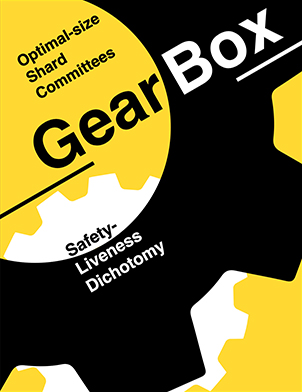Cited By
View all- Ying CXia FWei DYu XXu YZhang WJiang XJin HLuo YZhang TTao D(2025)BIT-FL: Blockchain-Enabled Incentivized and Secure Federated Learning FrameworkIEEE Transactions on Mobile Computing10.1109/TMC.2024.347761624:2(1212-1229)Online publication date: Feb-2025
- Tzinas ASridhar SZindros D(2025)On-Chain Timestamps are AccurateFinancial Cryptography and Data Security10.1007/978-3-031-78676-1_7(110-127)Online publication date: 22-Feb-2025
- Li WZhao ZMa PXie ZPalade VLiu H(2024)Graphical Consensus-Based Sharding for Efficient and Secure Sharings in Blockchain-Enabled Internet of VehiclesIEEE Transactions on Vehicular Technology10.1109/TVT.2023.331144573:2(1991-2002)Online publication date: Feb-2024
- Show More Cited By


